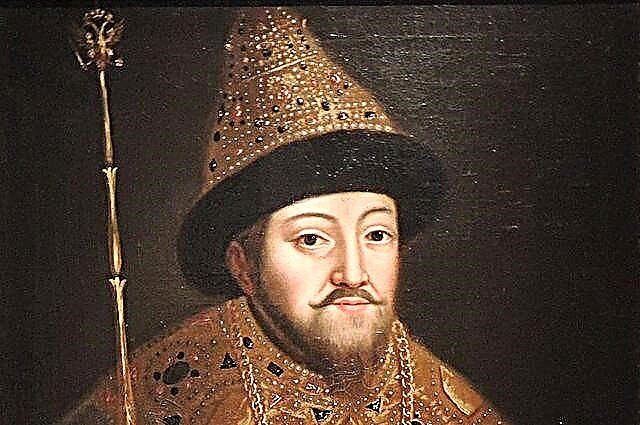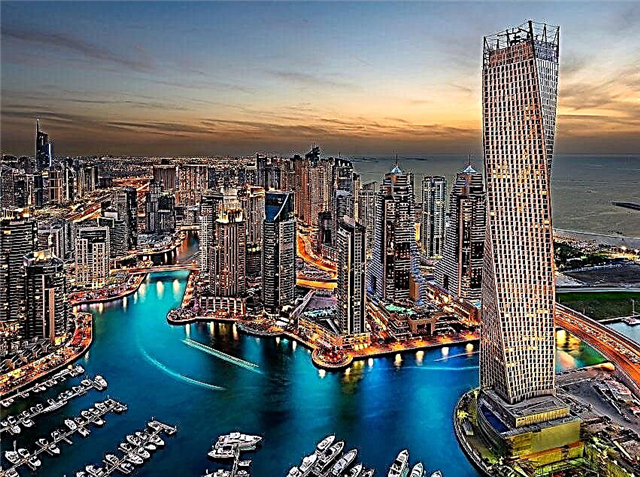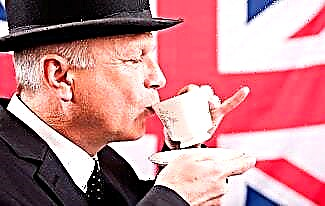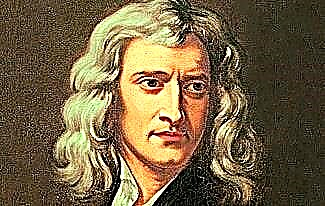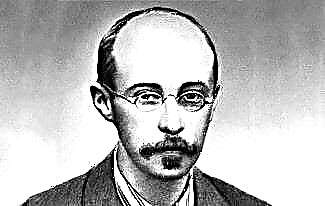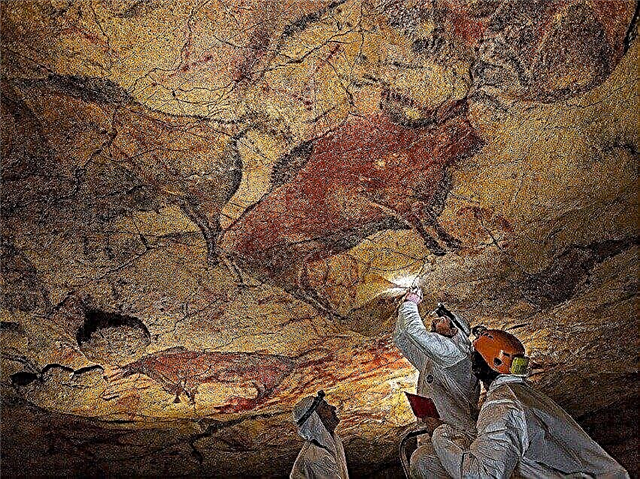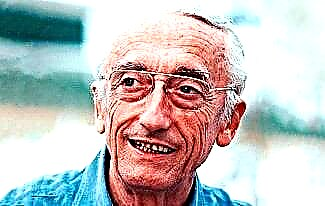Konstantin Konstantinovich (Ksaveryevich) Rokossovsky (1896-1968) - Soviet and Polish military leader, twice Hero of the Soviet Union and Knight of the Order of Victory.
The only marshal of two states in Soviet history: Marshal of the Soviet Union (1944) and Marshal of Poland (1949). One of the greatest generals of the Second World War.

There are many interesting facts in the biography of Rokossovsky, which we will talk about in this article.
So, before you is a short biography of Konstantin Rokossovsky.
Biography of Rokossovsky
Konstantin Rokossovsky was born on December 9 (21), 1896 in Warsaw. He grew up in the family of the Pole Xavier Józef, who worked as a railway inspector, and his wife Antonina Ovsyannikova, who was a teacher. In addition to Konstantin, a girl Helena was born in the Rokossovsky family.
Parents left their son and daughter orphans early. In 1905, his father died, and 6 years later his mother was gone. In his youth, Konstantin worked as an assistant to a pastry chef and then a dentist.
According to the marshal himself, he managed to finish 5 classes of the gymnasium. In his free time, he liked to read books in Polish and Russian.
During the biography of 1909-1914. Rokossovsky worked as a mason in the workshop of his aunt's spouse. With the outbreak of the First World War (1914-1918), he went to the front, where he served in the cavalry troops.
Military service
During the war, Constantine showed himself to be a brave warrior. In one of the battles, he distinguished himself during the implementation of equestrian reconnaissance, being awarded the St.George Cross of the 4th degree. After that he was promoted to corporal.
During the war years, Rokossovsky also took part in the battles of Warsaw. By that time, he had learned to masterfully ride a horse, shoot a rifle accurately, and also wield a saber and a pike.
In 1915 Konstantin was awarded the St. George Medal of the 4th degree for the successful capture of the German guard. Then he repeatedly participated in reconnaissance operations, during which he received the St. George Medal of the 3rd degree.
In 1917, having learned about the abdication of Nicholas II, Konstantin Rokossovsky decided to join the ranks of the Red Army. He later becomes a member of the Bolshevik Party. During the Civil War, he led a squadron of a separate cavalry regiment.
In 1920, Rokossovsky's army won a heavy victory in the battle at Troitskosavsk, where he was seriously wounded. An interesting fact is that for this battle he was awarded the Order of the Red Banner. After recovering, he continued to fight the White Guards, doing everything possible to destroy the enemy.

After the end of the war, Konstantin took advanced training courses for command personnel, where he met Georgy Zhukov and Andrei Eremenko. In 1935 he was awarded the title of division commander.
One of the most difficult periods in Rokossovsky's biography came in 1937, when the so-called "purges" began. He was charged with collaborating with Polish and Japanese intelligence services. This led to the arrest of the division commander, during which he was brutally tortured.
Nevertheless, the investigators were unable to obtain frank confessions from Konstantin Konstantinovich. In 1940 he was rehabilitated and released. Curiously, he was promoted to the rank of major general and entrusted to lead the 9th Mechanized Corps.
The Great Patriotic War
Rokossovsky met the beginning of the war on the Southwestern Front. Despite the lack of military equipment, his fighters during June and July 1941 successfully defended themselves and exhausted the Nazis, surrendering their positions only on orders.
For these successes, the general was awarded the 4th Order of the Red Banner in his career. After that, he was sent to Smolensk, where he was forced to restore the chaotic retreating detachments.
Soon Konstantin Rokossovsky took part in the battles near Moscow, which had to be defended at any cost. In the most difficult circumstances, he managed to show in practice his talent as a leader, having received the Order of Lenin. A few months later, he was seriously injured, as a result of which he spent several weeks in the hospital.
In July 1942, the future marshal takes part in the famous Battle of Stalingrad. By personal order of Stalin, this city could not be given to the Germans under any circumstances. The man was one of those who developed and prepared the military operation "Uranus" to encircle and destroy German units.

The operation began on November 19, 1942, and after 4 days, Soviet soldiers managed to ring the troops of Field Marshal Paulus, who, along with the remnants of his soldiers, was captured. In total, 24 generals, 2,500 German officers and about 90,000 soldiers were captured.
In January of the following year, Rokossovsky was promoted to the rank of Colonel General. This was followed by the vital victory of the Red Army at the Kursk Bulge, and then the brilliantly carried out operation "Bagration" (1944), thanks to which it was possible to liberate Belarus, as well as some cities of the Baltic States and Poland.
Shortly before the end of the war, Konstantin Rokossovsky became Marshal of the Soviet Union. After the long-awaited victory over the Nazis, he commanded the Victory Parade, which Zhukov hosted.
Personal life
Rokossovsky's only wife was Julia Barmina, who worked as a teacher. The young people got married in 1923. A couple of years later, the couple had a girl, Ariadne.
It is worth noting that during treatment in the hospital, the commander had an affair with the military doctor Galina Talanova. The result of their relationship was the birth of an illegitimate daughter, Nadezhda. Konstantin recognized the girl and gave her his last name, but after breaking up with Galina he did not maintain any relationship with her.
Death
Konstantin Rokossovsky died on August 3, 1968 at the age of 71. The cause of his death was prostate cancer. The day before his death, the marshal sent to the press a book of memoirs "Soldier's Duty".
Rokossovsky Photos











